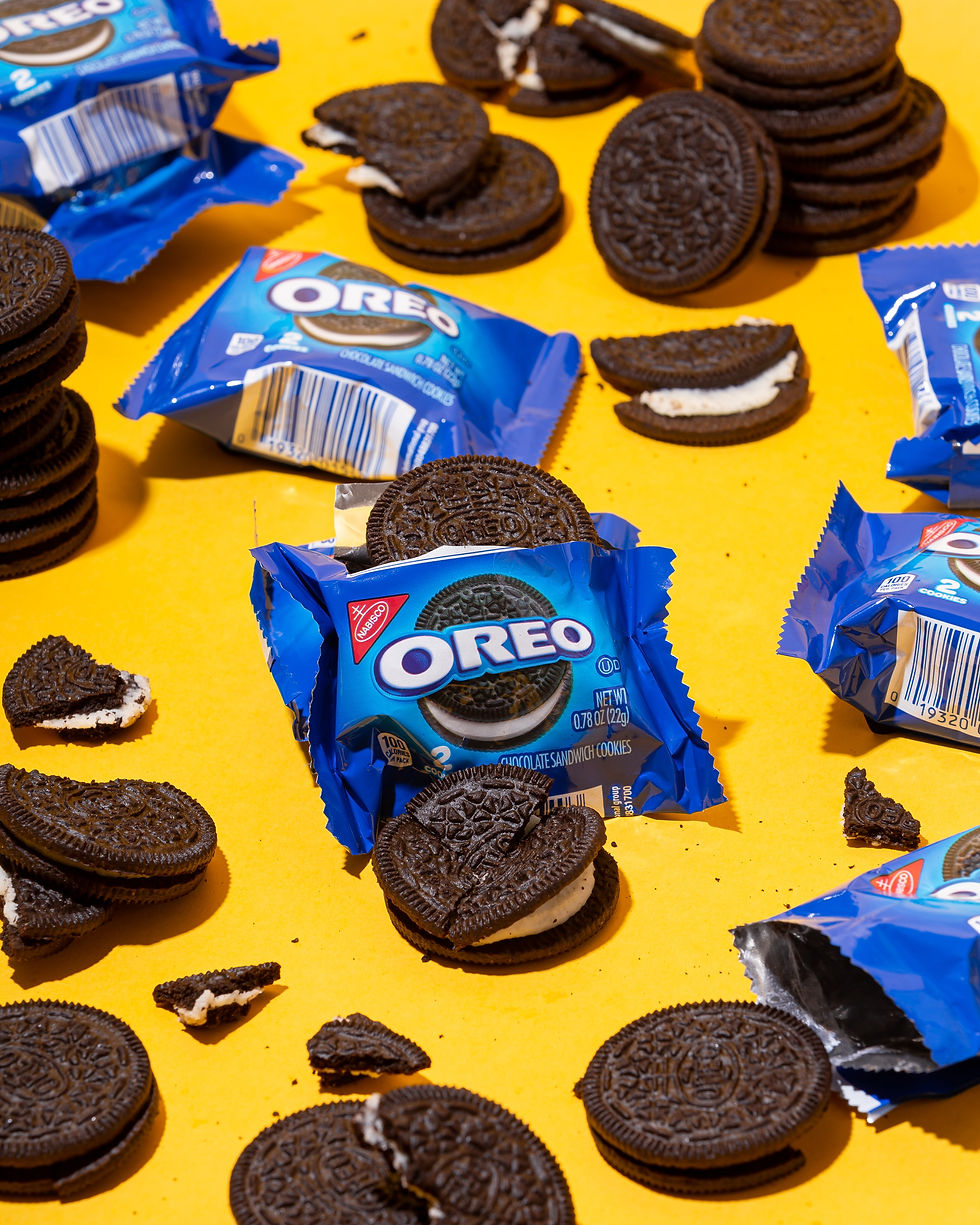How Companies Deal With Rising Costs And How They Get Away With It
- The New Gen
- Dec 6, 2022
- 4 min read
Updated: May 7, 2023
Harrison Zuritsky, Business Editor
December 6, 2022

With companies pulling out of Russia, dealing with rising inflation, facing high gas prices, struggling with labor, and facing demand for goods—each one is finding ways to survive this economic climate. Some companies try to resist change but deal with the consequences.
Netflix refused to use advertisements—but shareholders revolted. Netflix stock dropped 50% from its peak in October 2021 to April 2022, and the company seems to be struggling to survive with all the more affordable streaming service competition swallowing up its subscribers. The company states that it will be using advertisements on its platform by the end of the year.
When Target refused to raise its prices in the middle of May, the stock dropped 30% in a few days. Other companies are taking new approaches to make more profits. Some are following rising costs and are raising prices, but others are trying new and sneaky ways to secure the bag.
Labouring:

This strategy is not very obvious but can save companies a lot of money on wages and extra costs. Coming out of the lockdown, the average worker is more inexperienced than ever and receives more benefits because there is such great demand for them. Companies are replacing human labor with robot labor, which allows them to save money on wages. Before the lockdown, restaurants used QR codes instead of servers carrying menus, allowing them to edit and update, not have to print or handle, and not have to pay someone to hand them out. Shopping centers—like supermarkets and department stores—depend on self-checkout more than ever. This strategy allows companies to pay fewer workers and have more efficiency in their stores. In addition, Amazon uses robots in their warehouses to select and carry products from their storage of over 12 million products to their delivery packagers.
Switching:

This strategy is easily identified but is successful since so much of our society is already commercialized. Some services are trying their best to stay affordable while maintaining the quality of their products. Disney+ and other streaming services can keep prices the same, or even lower, by inserting advertisements into their service. Amazon gets tons of money from advertisers. If you look for any product, the first item that shows up is an advertised product. Since we live in a commercialized society, many companies use ads, and it seems that more companies will begin to rely on them. Ad use has already gone on for a long time, and it seems that more and more services will fall into advertisement dependency.

Oreo is trying to save money by adding fun colors and ingredients to make the product look more attractive. This strategy allows them to save money and sneakily sell you a smaller package of Oreos, saving the company money and keeping them in the spotlight.
Skimming:

This strategy is the most obvious. Standard benefits of paying for a product or service are removed to save the company money. Hotels used this strategy during the pandemic and continue to do so. Hotels that used to do daily room service do it once a week, once during your stay, or as requested rather than doing each room every day—which is what they used to do. Now, hotels pay less on cleaning products, fixing rooms with products—like shampoo and other soaps—and laboring to manage and perform all parts of room service. Operational benefits and wages are higher than ever due to the demand for labor. Skimming will last the shortest compared to the others listed in this article because it is obvious and tends to backfire—causing negative publicity. For hotels, the demand for workers will not last forever compared to rising costs.
Shrinking:

This strategy is obvious, but it can take time for the customer to realize it. One striking example is Trader Joe’s. This supermarket has kept most of its prices and quality the same. However, Trader Joe's tricks customers because the packaging remains the same size, but the food inside is smaller in size and quantity. I enjoy Trader Joe's Ice Cream Sandwiches—their off-brand chipwich—and although the box is the same size, the chipwiches are smaller than they used to be and taste less fresh than they used to. Nearly all packaged products are smaller than before. Chips and pretzels are sold for more and hold less in each bag. This strategy will last because it has worked for years and will continue to work. Packaging is cheaper than the product, so selling oversized packaging and a smaller product benefits companies.
Is This The Future Of Business? Or Is It Just A Side Effect Of Our Decimated Economy?
While some of these strategies will fall out of favor for companies, most of these strategies will continue to be in play. This change could happen due to future issues and solutions—like negative publicity or a less demanding workforce. I believe that these challenging times for business have evolved them forever. Years from now, companies will be focused on laboring robots and shrinking their product to match the competition, while skimming will fade out in most ways. Skimming could remain but could seriously backfire on companies. Switching will stay a strong part of many companies ability to maintain the quality of their product while appealing to their customers. Switching has worked for YouTube since it implemented advertisements in January 2009 and had over 2.5 billion annual users in 2021—so using ads is proven to be a successful strategy on social media and streaming. Most consumers have already adapted to these strategies without realizing it, and most of these strategies will continue to strengthen companies for decades to come.



Comments